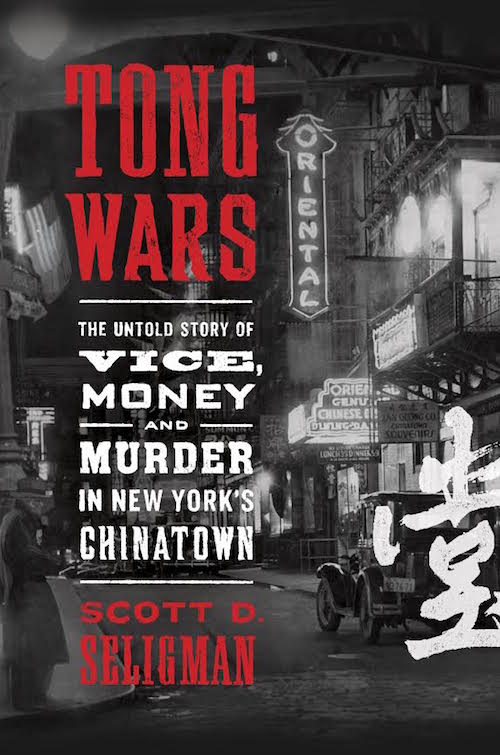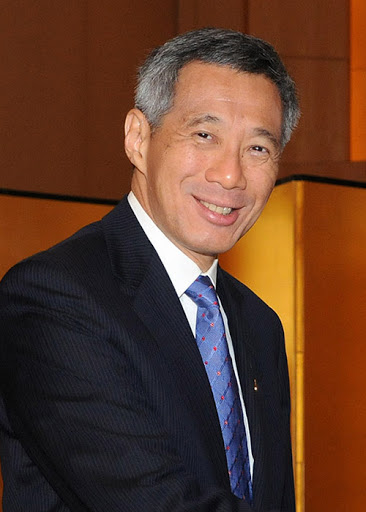A tale of violence between rival Chinese immigrant fraternities, or tongs, spans from the late 1800s to the Prohibition era in Scott D. Seligman’s “Tong Wars: The Untold Story of Vice, Money and Murder in New York’s Chinatown,” released earlier this month, in a narrative of a little-discussed segment of Chinese American history.
The book offers historical accounts and details the formation of underground groups in the neighborhood following the 1882 Chinese Exclusion Act, a legislation that restricted Chinese immigration for 10 years. As the rest of the country fought to keep immigrants from China out of the United States, those already living in in New York were fighting a war of their own, within their community.
Seligman has also authored books on Chinese American history including “Three Tough Chinamen” and a biography of Wong Chin Foo, a prominent early Chinese American immigrant. “Until 30 years ago, people were not really interested in learning about [Chinese American history],” Seligman said. “And all these groups are a big part of American history.”
Across key American cities, from San Francisco to Chicago, Seattle and, as explored in depth by the author, New York, immigrants set up three kinds of tongs – those from the same province or speaking the same dialect, those with the same surname and those who set up secret societies – to help establish themselves in a country that was not helping them, according to Seligman, who uses newspaper archives and data to draw his picture.
“These Chinese immigrants, they would work all day, six days a week, and then the seventh day of the week, they reserve that day for vices – gambling, prostitution and opium,” said Seligman. “They set up these tongs to be able to keep these vices.”
“Tong Wars” focuses on two notorious East Coast groups – the On Leongs, which became rivals with a group of transplants from San Francisco, the Hip Sings, after establishing themselves in Manhattan – and their use of “creative strategies” to keep themselves going.
Politics, corruption, opium, defection and even women were causes for three decades of conflict between the two gangs. While they fought, and as the On Leongs, led by “leader of New York’s Chinatown” Tom Lee, routinely bribed police to arrest non-member tongs, reformer groups rose out of this widespread corruption, created to “clean up Chinatown.” “These wars lasted so long because over the years, it really became more about ‘face,'” Seligman said.
Meanwhile, about 25 percent of Chinese American immigrants were out of work. “There were no soup kitchens, not a lot of welfare available,” Seligman said. “Rather than using the tongs to maintain their vices, the people were looking to the tongs for welfare and help.“
“When I was growing up and studying history, you know we would only talk about old white men,” Seligman said. “And these Chinese American groups, they are also part of American history. We should be talking about them, and other immigrant groups too.”







